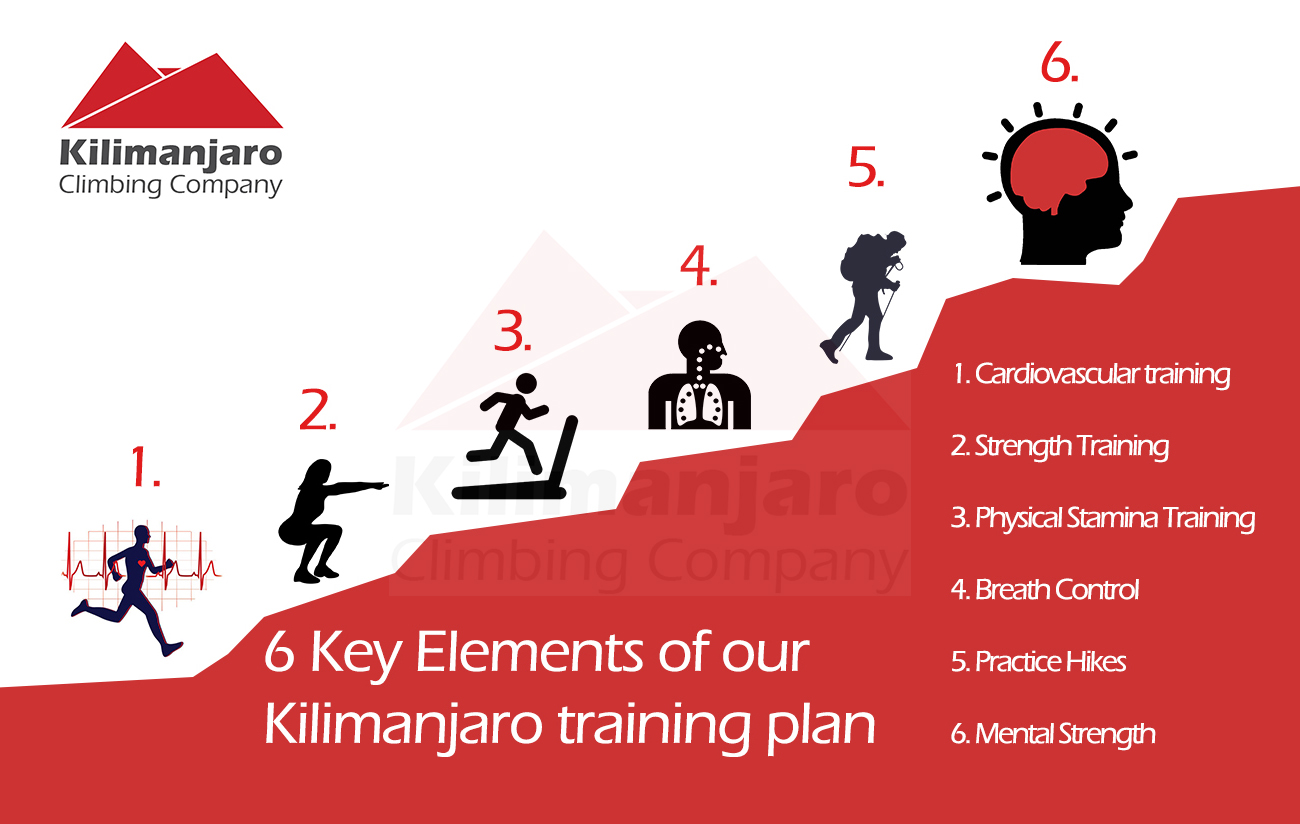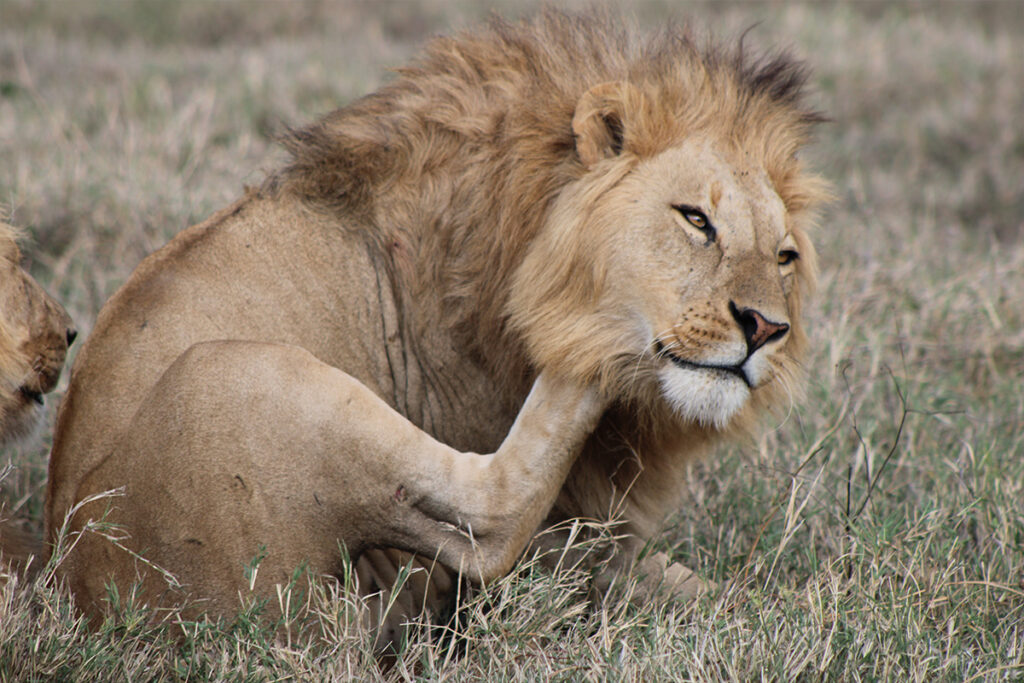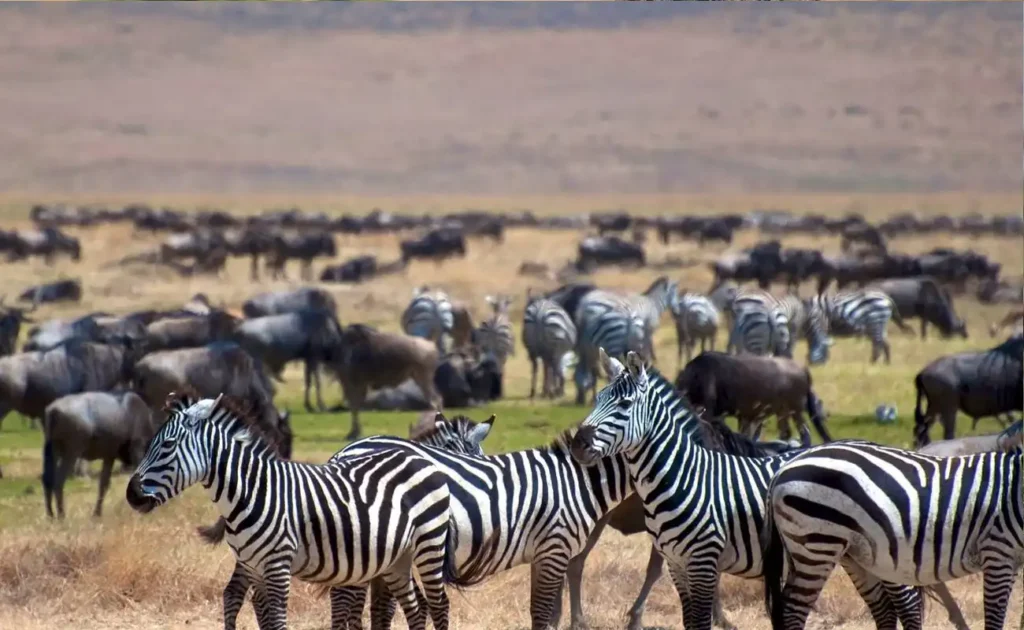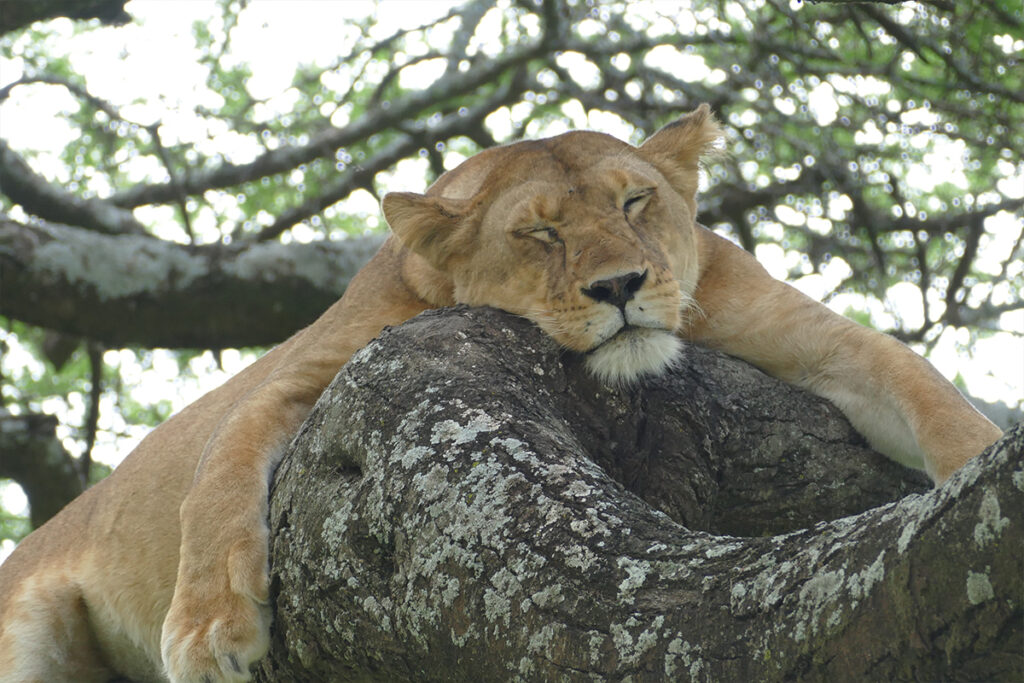Scaling Kilimanjaro isn’t just about physical endurance; mental resilience can make all the difference between success and turning back. Many climbers find the thin air and long treks mentally grueling. A staggering number of individuals have reported that visualizing each day’s climb is key to staying focused.
Since Mount Kilimanjaro’s first official ascent in 1889, thousands attempt its peak annually. Balancing physical training with mental strategies like meditation and mental visualization plays a critical role in preparation. Interestingly, studies have shown a clear link between mental rehearsals and improved performance, highlighting the power of mind over matter for those aiming to conquer this iconic summit.

Mental Preparation Tips for Kilimanjaro
Climbing Kilimanjaro requires more than just physical strength. The mountain’s changing weather and altitude can challenge even the toughest climbers. To prepare mentally, it’s important to research the mountain’s conditions and risks. Knowing what to expect can help reduce anxiety about the unknown. Visualizing each stage of the climb can also boost confidence and focus.
Meditation and mindfulness are valuable tools for building mental strength. These practices help climbers stay calm when conditions get tough. Paying attention to breathing can assist in managing stress and keeping composure. Consistent practice before the climb makes these strategies more effective. This not only prepares the mind but also promotes overall well-being.
Developing a positive mindset is crucial when facing the challenges of Kilimanjaro. Focusing on small achievements during the trek can keep motivation high. Climbers can also use mantras or positive self-talk to maintain morale.
- Embrace unexpected challenges as learning experiences.
- Celebrate each day’s progress, no matter how small.
- Surround yourself with supportive team members.
These mental tactics create a resilient attitude essential for reaching the summit.
Rest and recharge are equally important aspects of mental preparation. Adequate sleep improves alertness and decision-making under pressure. Balance is vital, so be sure to plan breaks during training and on the climb. Regular relaxation can help manage stress and maintain energy levels. With good mental preparation, tackling Kilimanjaro becomes a more achievable and rewarding endeavor.
How to PREPARE for Kilimanjaro | TRAINING \u0026 what you NEED to KNOW!
Value of Mental Preparation for Mountain Climbing
Mental preparation is a key component in successfully scaling mountains. High altitudes and challenging terrains can create significant stress. Mental readiness helps climbers cope with fear, fatigue, and unexpected situations. Without strong mental preparation, physical training alone might not be sufficient. Mental fortitude ensures that climbers stay focused and motivated during the climb.
Climbers encounter numerous mental challenges, including self-doubt and negative thoughts. To overcome these challenges, climbers can use positive affirmations. For example, focusing on past experiences where they’ve succeeded can boost confidence. Visualizing the summit can also serve as a powerful motivator. These techniques help maintain a positive mindset, which is crucial for uphill battles.
Another important aspect of mental preparation is stress management. Effective stress management can transform a daunting climb into a manageable task. Methods like deep-breathing exercises and mindfulness meditation can be very helpful.
- Practice controlled breathing regularly.
- Incorporate mindfulness sessions during training.
- Stay present and focus on each step of the journey.
These practices help climbers tackle stress and remain calm.
Team dynamics also play a role in mental preparation. A supportive team can significantly improve a climber’s mental well-being. Open communication and trust among team members are essential. Climbers should also be prepared to offer and accept help. This communal support creates a sense of stability and shared purpose.
Techniques to Boost Mental Strength for Kilimanjaro Climb
To effectively tackle Kilimanjaro, climbers need robust mental strategies. One key technique is mental visualization, where climbers imagine themselves successfully navigating each part of the ascent. This can help build confidence and reduce anxiety. Furthermore, practicing positive self-talk can help maintain a high level of motivation. Encouraging oneself with phrases like “I am strong” or “I can do this” can make a big difference.
Meditation and mindfulness are also critical techniques to incorporate. These practices increase self-awareness and keep climbers grounded during stressful moments. Simple breathing exercises can help manage fear and anxiety. Training the mind to stay in the present moment reduces distractions and enhances focus. These methods can improve overall mental clarity and perseverance.
Physical preparation can also include mental exercises. Climbers can simulate difficult scenarios during physical training sessions.
- Push through the pain during training runs.
- Visualize overcoming obstacles while exercising.
- Endure longer hikes to build mental stamina.
Combining physical and mental exercises can promote resilience. This dual approach prepares climbers for the rigors of the mountain.
Finally, having a strong support system is essential. Discussing fears and anxieties with fellow climbers or a coach helps build courage. Sharing experiences and strategies can provide new insights and support. This communal aspect creates a network of encouragement, making the journey both manageable and enjoyable. With these strategies, climbers can better prepare themselves mentally for Kilimanjaro.
Role of Visualization in Mental Preparation
Visualization is a key mental preparation technique used by climbers. It involves creating detailed mental images of the climbing journey. This practice helps climbers anticipate challenges and visualize overcoming them. Such mental rehearsals strengthen confidence and reduce fears. Additionally, visualizing the summit can fuel motivation, making the climb more achievable.
Many athletes use visualization to boost their performance. By mentally practicing each stage of the climb, climbers prepare for the real experience. This method allows them to envision themselves navigating difficult parts of the trail. Over time, this creates a sense of familiarity and comfort. Visualizing successful outcomes makes success seem more tangible.
Setting clear mental goals is an important part of visualization. Climbers can focus on specific goals, such as reaching a certain height or managing a rough path. Breaking the climb into smaller, visualized targets makes it less overwhelming.
- Imagine reaching each checkpoint.
- Envision specific techniques for tough sections.
- Picture yourself enjoying the view from the top.
This helps maintain a steady pace and keeps motivation high.
Visualization can also reduce stress and anxiety associated with mountain climbing. When climbers feel anxious, closing their eyes and revisiting their mental images can help calm their minds. This relaxation technique is an excellent way to refocus energy. It brings clarity and renews their sense of purpose. Consistently using visualization can turn it into a powerful tool for navigating challenges.
Finally, visualization connects mind and body, enhancing overall performance. It trains the brain to handle different situations, leading to better decision-making. With practice, climbers can seamlessly move from visualization to real action. This skill can be immensely useful, especially when reacting to unexpected scenarios. In mountain climbing, being both mentally and physically ready is crucial for success.
Strategies to Overcome Mental Barriers on High Peaks
Climbing high peaks presents mental challenges that can test even the most experienced climbers. One effective strategy to overcome these barriers is to focus on short-term goals. By breaking the climb into manageable sections, climbers avoid feeling overwhelmed. Celebrating small achievements along the way keeps spirits high. This approach transforms a daunting task into a series of attainable steps.
Another essential strategy is practicing controlled breathing. When anxiety or stress sets in, deep breathing can help relax the mind and body. Taking slow breaths allows climbers to regain control over their emotions. This technique not only calms nerves but also enhances concentration. Regular practice can make deep breathing a natural response to stress.
Positive self-talk is also a valuable tool for conquering mental barriers. Encouraging words can shift a climber’s mindset from negative to positive. By repeating affirmations like “I am capable” or “I will succeed,” climbers can boost their morale. This mental shift influences how they perceive challenges. A positive outlook often leads to improved performance.
Peer support plays a critical role in overcoming mental obstacles. Climbers can benefit from sharing their fears and concerns with teammates. A supportive group provides encouragement and reassurance. Knowing that others are facing similar challenges fosters camaraderie. This collective strength helps individuals push through difficult moments together.
Utilizing a variety of strategies equips climbers to face high peaks with confidence. Consistent practice of these techniques builds mental strength over time. By preparing mentally, climbers not only enhance their ability to handle stress but also increase their overall climbing experience. This holistic preparation contributes significantly to reaching new heights and personal achievements.
Linking Mind and Body Preparation for Kilimanjaro Expedition
Preparing for a Kilimanjaro expedition requires syncing the mind and body. Both must be in harmony to handle the various challenges. Physical training is essential, but mental readiness is equally important. A balanced approach enhances endurance and improves performance. This connection increases the likelihood of a successful climb.
Physical training involves rigorous exercises tailored to improve strength and stamina. Hikers should focus on cardiovascular workouts and strength-building activities.
- Regular running or cycling for cardio.
- Weight training for muscle strength.
- Practice hikes with a backpack for endurance.
This kind of physical preparation ensures the body can endure long treks and thin air.
Mentally, climbers should practice visualization and mindfulness techniques. Visualizing the climb provides a mental map of the journey. Mindfulness can help deal with any stress or fear that arises. These mental exercises train climbers to stay calm and focused despite hardships. With practice, the mind can become a powerful ally in the climb.
Nutrition and hydration play a crucial role in preparation, acting as the link between mind and body. Eating a balanced diet fuels physical training and sharpens mental clarity. Staying hydrated supports physical endurance and maintains cognitive function. Preparing in this holistic way enhances overall readiness. Keeping hydrated and nourished is key for a challenging expedition like Kilimanjaro.
Creating a supportive environment also aids preparation, reinforcing the mind-body connection. Training with friends or joining a climbing group can boost morale. Sharing experiences and strategies builds a sense of community. This support network acts as a mental booster. Encouragement from others strengthens resolve and enhances preparation quality.
Key Takeaways
- Mental preparation is as crucial as physical training for Kilimanjaro.
- Use visualization to imagine each stage of the climb.
- Meditation and mindfulness calm nerves and reduce anxiety.
- Positive affirmations boost confidence and motivation.
- Understanding trail challenges helps manage stress effectively.




